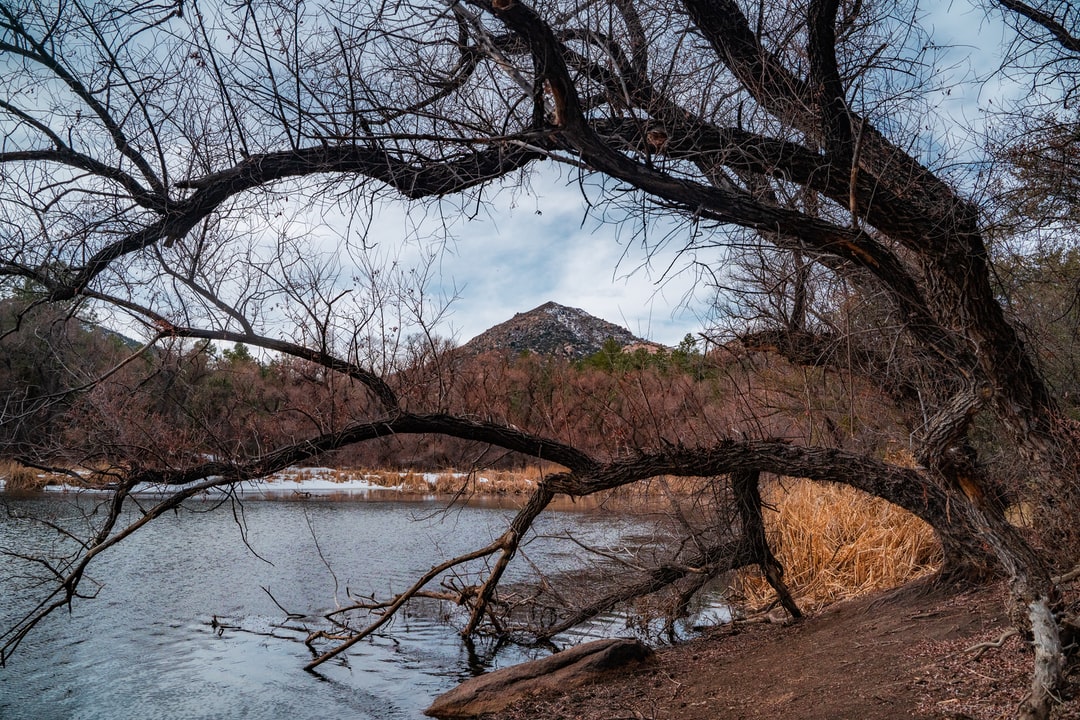
Lake Titicaca is one of the most ancient lakes in the world. It is located in the province of Oaxaca, Mexico, and it is part of the Tigre basin, which is an area of three lakes and two hydrographic channels. The ancient people of this region depended upon fishing and hunting for their food and shelter, so the lake was named after them.
As it is situated so high up in the mountains, with a view of the majestic Andean range and the beautiful Sierra Madre Mountains, it’s not hard to believe that ancient people found this lake very comfortable and convenient for their way of life. There is evidence that they even used the lake as a place to raise crops. Indeed, there must have been several settlements on the shores of the lake, providing a good means of raising produce and farming.
About The Location
But there is much evidence that proves that there were other ancient civilizations in the area around the lake. For example, sculptures from the ancient Puebla, Mexico shows people using the lake as a source of water, and at the same time fishing, bathing and cutting fish on the shores. Some of these sculptures show images of people holding fish, and others show the same images but with birds, rabbits and frogs, as well as tortoiseshell. Some Puebla sculptors are trying to interpret all the symbols they find, as they correlate all the different images with the different seasons and periods of the year. So we can see that the presence of the ancient Pueblans and others, who did not use Lake Titicaca as their source of water, meant that there must have been another planet, or a series of planets, out in space that provided water for their earth.
Lake Titicaca was not only a place for people to live, but it was also a location where they hunted. Indeed, it was probably a point of convergence for the rivers that fed into it, meaning that hunters would find their prey in the different tributaries, such as the Jujube, once they camped. At the time of the eruption, they found that the waters had washed away, and there was an abundance of fresh fish in the streams below. It is these fresh fish that we know as salmon today.
Fishing Is Fun There
The ancient Pueblans were not the first ones to make use of the lake and its fresh fish. In fact, according to Native American folklore, the ancestors of the Pueblans and other ethnic groups, lived in a very beautiful house on top of the falls. They built the house, called a coyote lodge, on the overlook of the falls. It was a very large building, housing not only the family but other extended families as well. The family slept in the main room while the children played in the upstairs rooms. When the water in the falls reached a boiling point, the warriors would sleep on the floor of the fallen house.
Some of the ancient Puebloan dwellings are still standing today, although some have been replaced by modern homes. One of the most beautiful and impressive of the Pueblan model dwellings that I have seen was the Chimeneas. They were very impressive, as they were constructed out of the most durable and weather resistant materials, like rawhide and sine.
When To Go
Not long ago, the City of Chaco was discovered by the Spanish. Many of the original Spanish soldiers who explored the area came back with a great tale about the inhabitants of the lake and the way they lived. They said that the people of the area, whom they called “Ticacs”, made their living catching the fish and selling it to the residents of the lake. However, it is also rumored that some Ticacs were actually cannibals, eating whatever meat they could find around the lagoon.
Conclusion
Today, the city of Chaco has turned into a major tourist destination. There are many interesting sights to see and things to do. There are hotels to stay in and lots of activities for the entire family. If you are interested in learning more about the history of the lagoon, why not try to go on an authentic excursion into the area?





